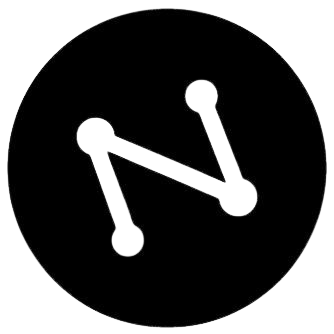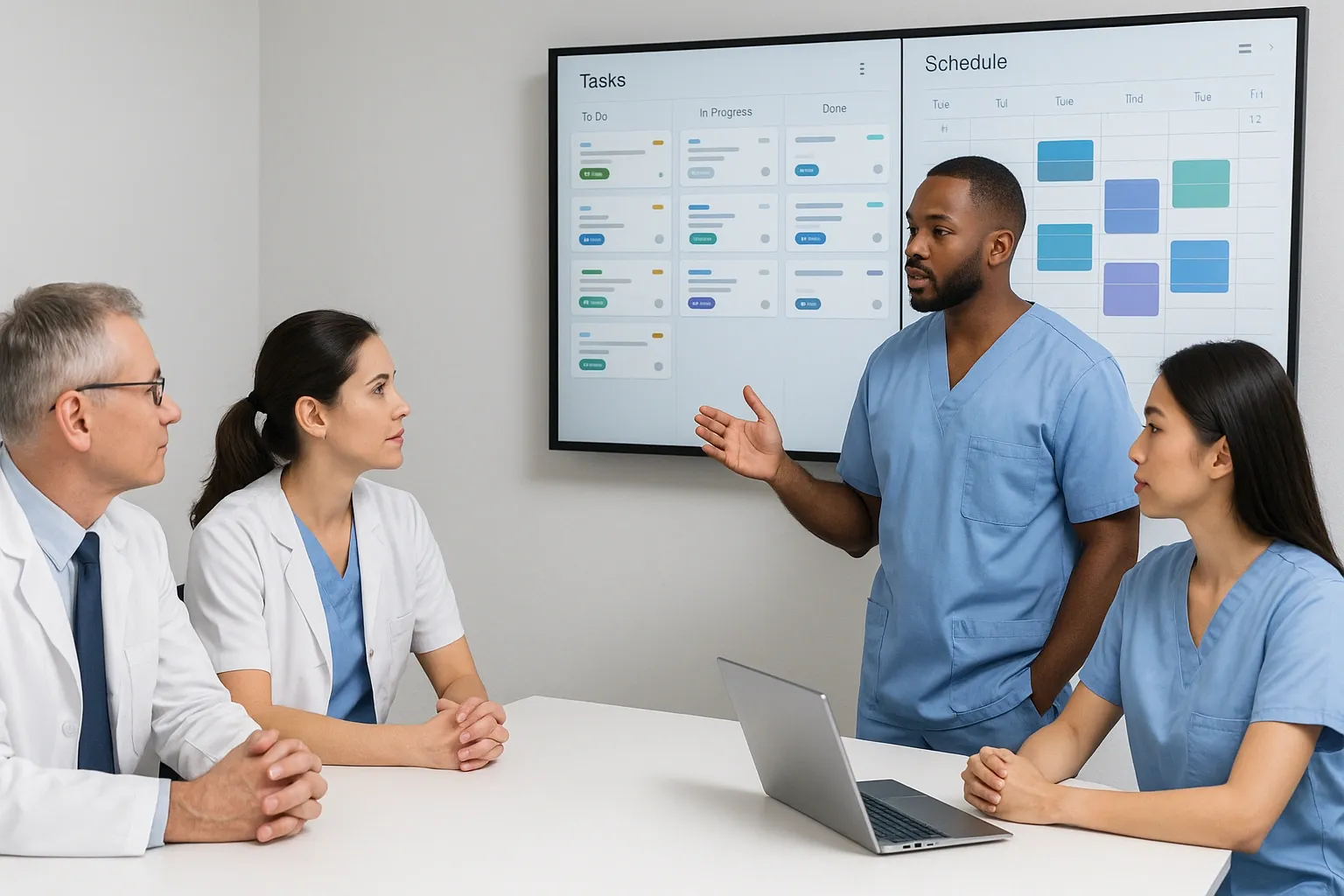
Financial sustainability is one of the pillars of any successful medical clinic. In an increasingly competitive market, managing expenses efficiently is no longer a differentiator but a necessity for survival. Ignoring small bottlenecks or inefficient processes can lead to an accumulation of losses that compromise not only growth but also the very quality of care delivered to the patient.
However, optimizing the budget is not about making random cuts, but rather a strategic reassessment of how resources are used. The key is to eliminate waste, automate repetitive tasks, and invest in solutions that make the operation leaner and smarter, without impacting the patient's journey. In this article, we will discuss how to reduce costs in a medical clinic.
Before we continue, we need to ask: Are you already familiar with Ninsaúde Clinic? Ninsaúde Clinic is a medical software with an agile and complete schedule, electronic medical records with legal validity, teleconsultation, financial control and much more. Schedule a demonstration or try Ninsaúde Clinic right now!

Financial Diagnosis: The Essential Starting Point
Before implementing any changes, the first step is to conduct a complete diagnosis of the clinic's finances. Many managers are surprised to discover where the money is actually going. This detailed analysis allows for the differentiation between essential costs and superfluous expenses and helps identify the main bottlenecks that consume resources without generating the expected return. It is crucial to map all outflows, categorizing them as fixed (rent, salaries, software) and variable (consumable materials, marketing, commissions).
This financial visibility is crucial for making informed decisions. Without accurate data, any attempt to cut costs is a shot in the dark. Many clinics still rely on manual spreadsheets for this control, a risky and inefficient practice. Manual data entry is prone to human error, makes it difficult to generate consolidated reports, and consumes precious time that could be dedicated to strategy.

This is where technology becomes an indispensable ally. Management software, such as Ninsaúde Clinic, centralizes all financial information in one place. By recording expenses and revenues in the system, it generates automatic reports on cash flow, income statements, and cost centers. With this tool, a manager can, for example, clearly visualize which specialty or procedure is most profitable and identify the largest areas of expenditure, allowing for much more precise and effective budget planning.
Optimizing Processes and Resources: Efficiency That Generates Savings
With a clear diagnosis in hand, the next step is to optimize internal processes. Operational efficiency is directly linked to cost reduction. Slow, bureaucratic, or poorly structured processes not only frustrate staff and patients but also generate wasted time and money.
Intelligent Inventory Management
The mismanagement of supplies is one of the most common sources of loss in clinics. Over-purchasing leads to losses from expired products and unnecessary storage costs. Under-purchasing can interrupt patient care and lead to emergency purchases at high prices. The solution is to adopt a strict, data-driven inventory control system.
To do this, you need to:
- Record all entries and exits: Every material used must be deducted from the inventory, ensuring the numbers are always accurate.
- Set a minimum stock level: Configure automatic alerts for when an item reaches its minimum level, allowing for planned restocking and avoiding last-minute purchases.
- Negotiate with suppliers: Based on consumption history, it is possible to plan larger purchases and negotiate better prices and payment terms.
Integrated management tools, present in systems like Ninsaúde Clinic, automate this control. By marking a material as used during an appointment in the electronic health record, the system automatically updates the inventory, ensuring accuracy and freeing up the team from repetitive manual tasks.
Optimized Medical Schedule
A schedule with empty slots or high no-show rates represents a direct cost to the clinic. An empty chair means idle time for the professional and the facility, without generating corresponding revenue. Reducing the absenteeism rate is, therefore, a fundamental measure for financial health.
Many clinics still suffer from no-shows because they lack an efficient communication system with the patient. Manual calls to confirm appointments consume reception's time and are not always effective. Automating this task is a low-cost, high-impact solution. Appointment confirmation tools via WhatsApp or SMS, for example, drastically reduce forgetfulness and facilitate early cancellations, opening up space to fit in other patients. In Ninsaúde Clinic, this functionality is native: the system sends automatic reminders, and the patient can confirm or cancel the appointment with a click, updating the status on the schedule in real-time and notifying the reception desk.

Technology as a Strategic Ally in Cost Reduction
Investing in technology should not be seen as an expense, but as a strategic investment with a high potential for return. The automation and digitalization of processes eliminate manual tasks, reduce the incidence of errors, and free up the team to focus on activities that add more value to the patient.
Digitalization of Documents and Medical Records
Clinics still using paper records face a series of hidden costs. The expense of paper, printing, folders, and physical storage space is significant. Furthermore, searching for information in physical files is slow, and the risk of loss or damage to documents is constant, not to mention the difficulties in complying with data protection regulations like the GDPR or Brazil's LGPD (General Data Protection Law).
The transition to the electronic health record (EHR) solves all these problems. Information becomes centralized, secure in the cloud, and accessible from anywhere. Office supply costs plummet, and the physical space once occupied by files can be converted into a new consultation room. Systems like Ninsaúde Clinic offer electronic health records with legal validity, digital signatures, and cloud storage, ensuring security, compliance with data protection laws, and substantial long-term savings.

Targeted Digital Marketing
Marketing is essential for attracting and retaining patients, but poorly planned campaigns can consume a large portion of the budget without delivering results. Traditional marketing strategies, such as radio or newspaper ads, are expensive and difficult to measure. Digital marketing, on the other hand, offers a much higher cost-benefit ratio.
Many clinics lose patients by not maintaining an active post-consultation relationship. Automated CRM (Customer Relationship Management) solutions allow for segmenting the patient base and maintaining continuous communication, whether for follow-up reminders, prevention campaigns, or promoting new services. In Ninsaúde CRM, for example, it is possible to filter patients by profile, insurance plan, or inactivity period, and launch specific email marketing campaigns with just a few clicks, optimizing the investment and strengthening the bond with the patient.
Sustainability and Growth: The Clinic of the Future is Efficient
Reducing costs in a medical clinic is not just about cutting expenses, but about building a smarter, more agile, and resilient operation. It starts with an accurate financial diagnosis, moves through the optimization of daily processes like inventory and schedule management, and is consolidated with the strategic use of technology to digitize and automate tasks. By renegotiating with suppliers and adopting tools that offer a clear view of the business, management shifts from being reactive to proactive.
The path to financial sustainability is a continuous cycle of analysis, adjustment, and innovation. Tools like Ninsaúde Clinic are designed to support this journey, transforming data into insights and freeing up managers and healthcare professionals to focus on what truly matters: offering excellent care. Ultimately, a well-managed clinic is not just one that spends less, but one that invests its resources wisely, ensuring its relevance and growth in an increasingly dynamic market.

